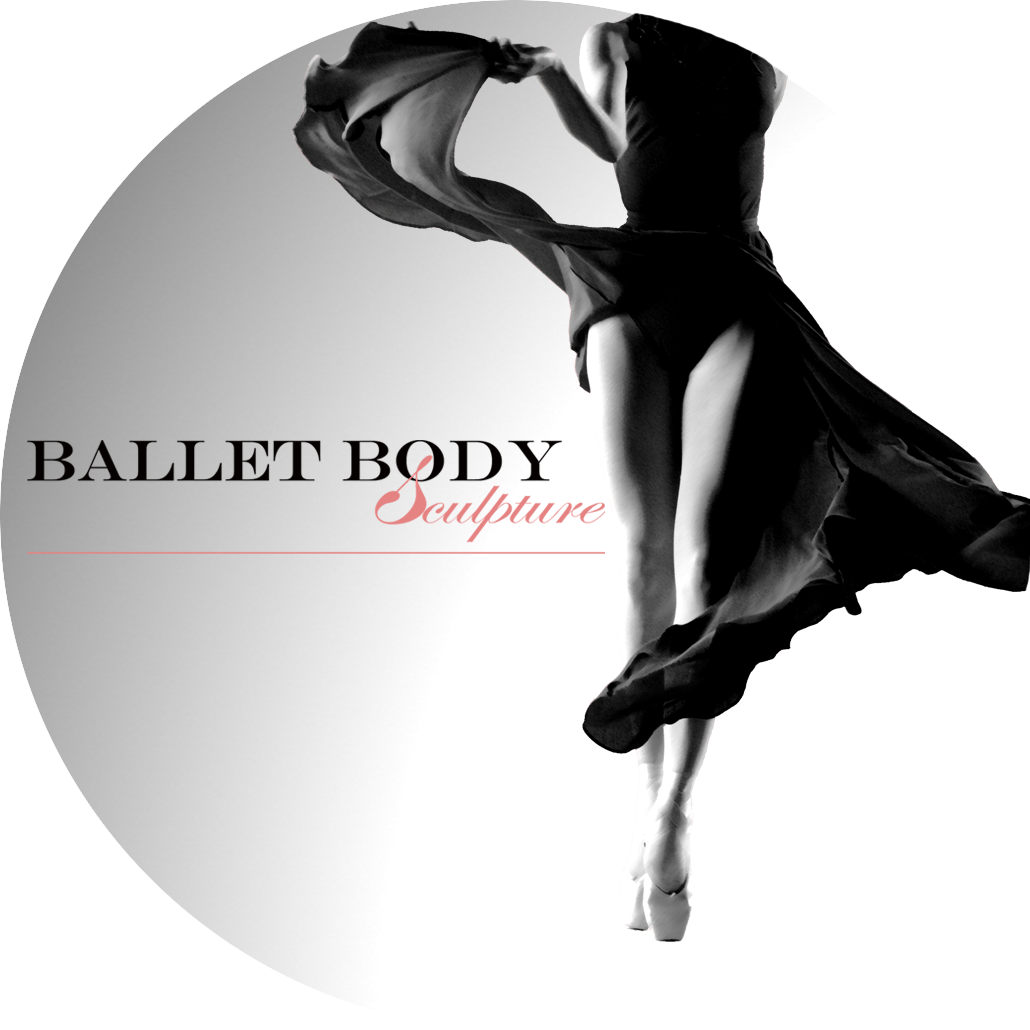How Ballet Effects Your Brain
Ballet and dance in general is a very popular and highly enjoyable activity, either recreationally or professionally. But how many of you who ever did some ballet or dancing realise the positive effects it is making not just for your body but also for the brain?
Dance, in fact, has such beneficial effects on the brain that it is now being used to treat people with Parkinson’s disease, a progressive neurological movement disorder.
“There’s no question, anecdotally at least, that music has a very stimulating effect on physical activity,” says Daniel Tarsy, MD, an HMS professor of neurology and director of the Parkinson’s Disease and Movement Disorders Center at Beth Israel Deaconess Medical Center (BIDMC). “And I think that applies to dance, as well.”
Stimulating movement
Scientists gave little thought to the neurological effects of dance until relatively recently, when researchers began to investigate the complex mental coordination that dance requires. In a 2008 article in Scientific American magazine, a Columbia University neuroscientist posited that synchronizing music and movement—dance, essentially—constitutes a “pleasure double play.” Music stimulates the brain’s reward centers, while dance activates its sensory and motor circuits.
Studies using PET imaging have identified regions of the brain that contribute to dance learning and performance. These regions include the motor cortex, somatosensory cortex, basal ganglia, and cerebellum. The motor cortex is involved in the planning, control, and execution of voluntary movement. The somatosensory cortex, located in the mid region of the brain, is responsible for motor control and also plays a role in eye-hand coordination. The basal ganglia, a group of structures deep in the brain, work with other brain regions to smoothly coordinate movement, while the cerebellum integrates input from the brain and spinal cord and helps in the planning of fine and complex motor actions.
While some imaging studies have shown which regions of the brain are activated by dance, others have explored how the physical and expressive elements of dance alter brain function. For example, much of the research on the benefits of the physical activity associated with dance links with those gained from physical exercise, benefits that range from memory improvement to strengthened neuronal connections.
Other studies show that dance helps reduce stress, increases levels of the feel-good hormone serotonin, and helps develop new neural connections, especially in regions involved in executive function, long-term memory, and spatial recognition.
So it seems that dancing ballet will keep you fit, healthy and young for a very long time!
See you in our classes, to develop the beautiful body, clever mind and enjoy happiness!
No previous ballet experience necessary.
To join our regular classes : www.balletbodysculpture.com


